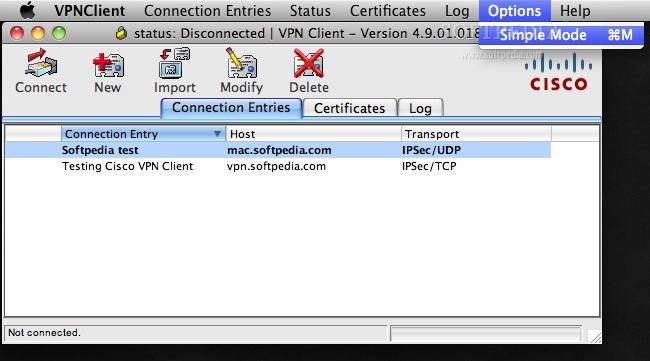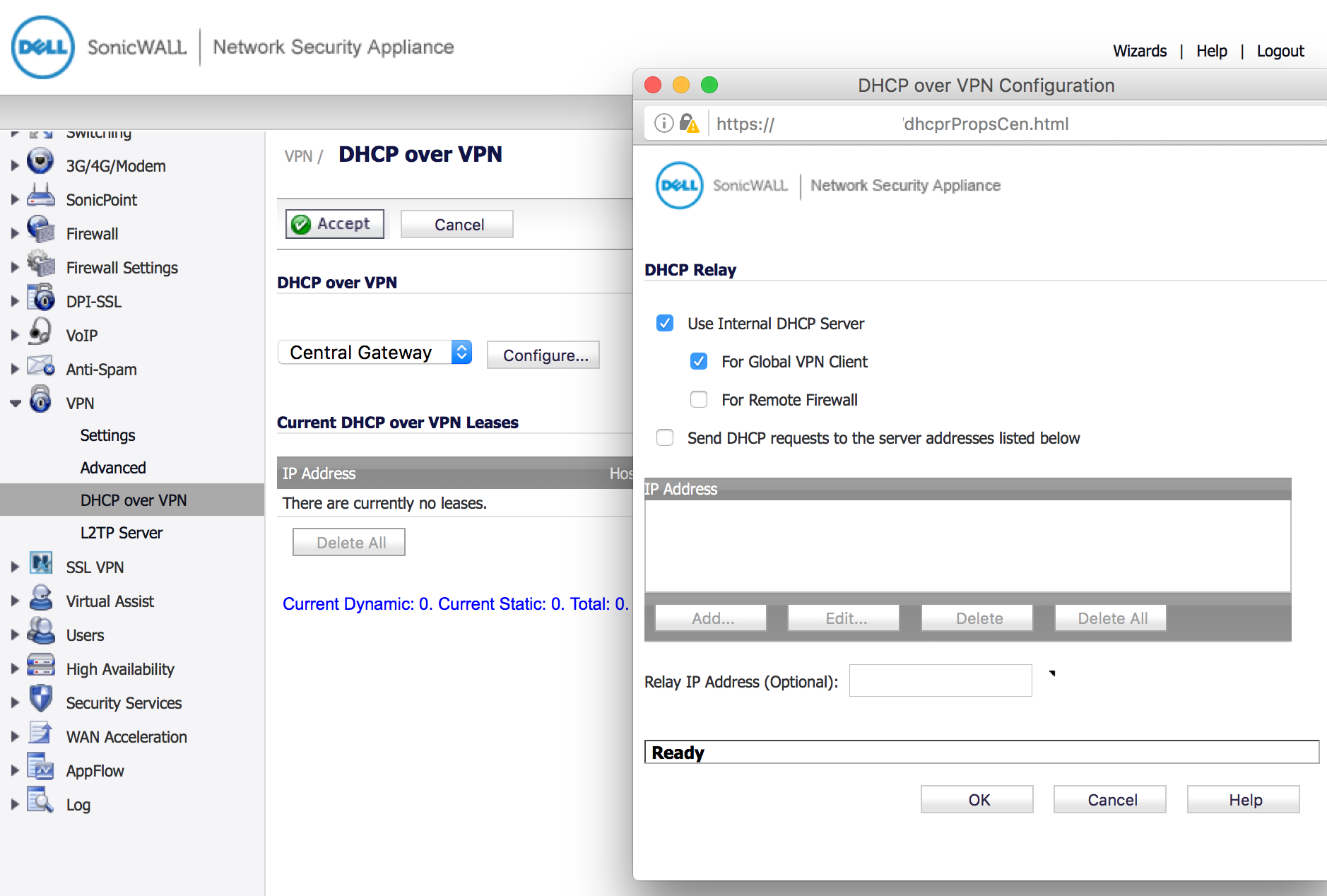

Important: From the WiKID terminal or via SSH, you will need to run "stop" and then "start" to load the new configuration into the WiKID Radius server.You do not have to enter any information under "Return Attributes". On the next page, enter the shared secret you entered on the Sonic Wall server.Select Radius and the domain you just created. For the IP Address, use the IP address of your SonicWall VPN appliance. Click Network Clients tab and on "Create a new Network Client".So, if the external IP address is 216.239.51.99, the WiKID server code would be 216239051099.

The Domain Server code is the zero-padded IP address of the WiKID server.
Sonicwall global vpn client 2fa update#
Click Update to update the configuration.Enter the shared secret that will be used on the WiKID server.The default is 1812, which is what WiKID uses. Enter the IP address of the WiKID server.Configure an amount of retries and timeouts.Go to VPN window and go to the RADIUS tab.Log in to the SonicWall admin interface.First, on the SonicWall configure the RADIUS server settings.If this is a new SonicWall VPN setup, test logging in without a WiKID one-time password before adding in two-factor authentication.

Sonicwall global vpn client 2fa how to#
This document details how to configure a SonicWall VPN appliance to pass authentication requests to the WiKID server. A SonicWall VPN appliance combined with two-factor authentication from WiKID secures your perimeters in a very cost-effective manner. More and more small companies are required to use two-factor authentication for remote access to corporate assets. A WiKID customer just added two-factor authentication to their a SonicWall VPN appliance setup and we took the opportunity to document the effort, which was extremely simple.


 0 kommentar(er)
0 kommentar(er)
